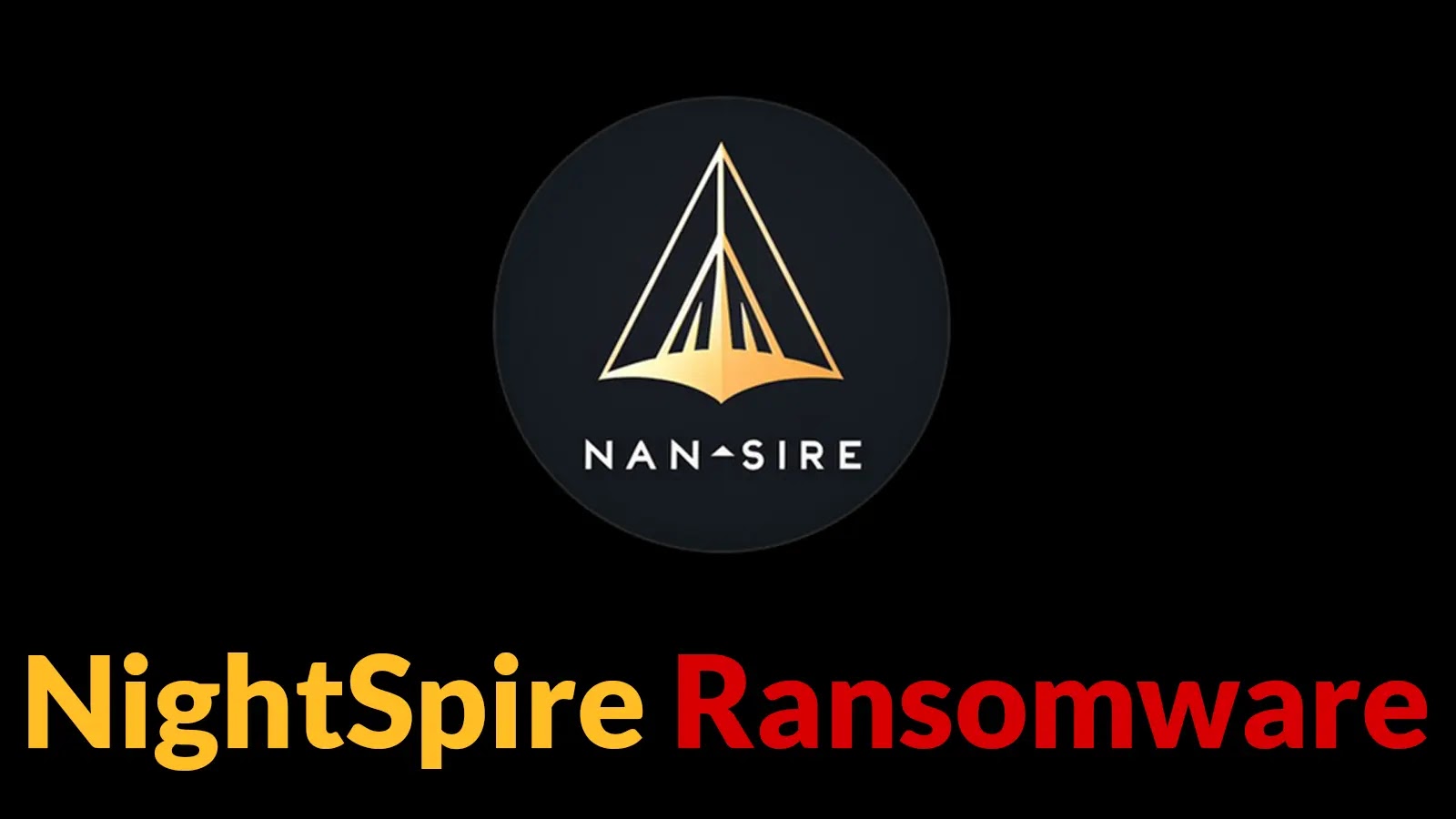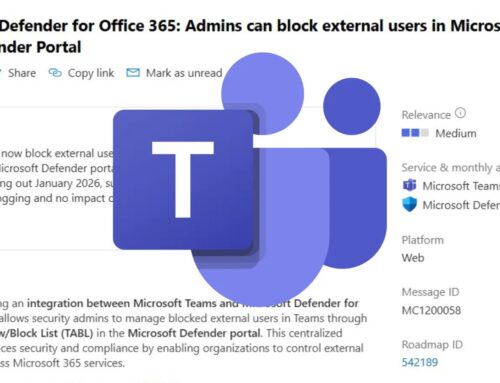
NightSpire Ransomware Group Claims to Exploit The Vulnerabilities of Orgs to Infiltrate Their Systems
The digital landscape is under constant siege, with sophisticated threat actors continually refining their tactics. A recent and particularly concerning development is the emergence of the NightSpire ransomware group. Since its debut in February 2025, NightSpire has quickly established itself as a formidable threat, employing a devastating double-extortion strategy that combines the encryption of critical data with the public exposure of sensitive information. Their operational model, initially observed in South Korea, highlights a critical reliance on exploiting fundamental network vulnerabilities to achieve initial compromise.
Understanding NightSpire’s Modus Operandi
NightSpire’s rise to prominence is directly tied to its calculated approach to infiltration and extortion. The group focuses on leveraging inherent weaknesses within organizational networks to gain unauthorized access. This initial foothold is crucial for their subsequent actions, which involve both data encryption and exfiltration. Their double-extortion model amplifies the pressure on victims, compelling them to meet ransom demands not only to decrypt their systems but also to prevent damaging data leaks.
Common Attack Vectors and Vulnerabilities
Reports indicate that NightSpire primarily exploits known vulnerabilities in common network infrastructure components. Two significant attack vectors stand out:
- Outdated VPN Appliances: Virtual Private Networks are essential for secure remote access, but unpatched or misconfigured VPN appliances present a significant weak point. Threat actors, including NightSpire, actively scan for and exploit known vulnerabilities in these systems to bypass perimeter defenses. These vulnerabilities often allow for remote code execution or unauthorized access, granting the attackers a direct pathway into the internal network.
- Unpatched Remote Desktop Protocol (RDP) Services: RDP, while a convenient tool for remote administration, is a frequent target for cybercriminals. Weak RDP credentials, combined with unpatched vulnerabilities, create an open door for brute-force attacks or direct exploitation. Once inside, attackers can move laterally, establish persistence, and deploy their ransomware payload. It’s imperative that RDP instances exposed to the internet are rigorously secured and continuously patched.
The Double-Extortion Strategy Explained
NightSpire’s adoption of the double-extortion model signifies a shift in ransomware tactics, moving beyond mere data encryption. This strategy involves two distinct phases of attack to maximize leverage over victims:
- Data Encryption: The traditional ransomware component, where the attackers encrypt files on compromised systems, rendering them inaccessible. A ransom note is typically left, demanding payment (often in cryptocurrency) for the decryption key.
- Data Exfiltration and Leak: Before or during the encryption process, NightSpire exfiltrates sensitive organizational data. If the victim refuses to pay the ransom for decryption, the threat actors then threaten to release, or actually release, the stolen data on public forums, dark web sites, or dedicated leak sites. This tactic adds significant reputational, legal, and financial pressure on the victim, making the decision to pay more complex.
Remediation Actions and Proactive Defense
Defending against groups like NightSpire requires a layered and proactive security posture. Organizations must prioritize vulnerability management and incident response readiness.
- Patch Management: Implement a robust, automated patch management program. All internet-facing services, especially VPN appliances and RDP services, must be updated immediately upon release of security patches. Staying current with patches negates a significant percentage of attack vectors.
- Strong Authentication: Enforce multi-factor authentication (MFA) for all remote access services, including VPNs and RDP. This significantly reduces the risk of credential-based attacks, even if passwords are compromised.
- Network Segmentation: Segment your internal network to limit lateral movement. If an attacker gains initial access, network segmentation can contain the breach, preventing them from reaching critical assets or spreading ransomware throughout the entire infrastructure.
- Least Privilege Principle: Adhere to the principle of least privilege, ensuring users and applications only have the minimum necessary access rights to perform their functions. This limits the damage an attacker can inflict if an account is compromised.
- Endpoint Detection and Response (EDR): Deploy EDR solutions across all endpoints. EDR can detect anomalous behavior, identify potential ransomware activity, and provide rapid response capabilities to isolate threats.
- Regular Backups and Recovery Plans: Maintain immutable, offsite, and air-gapped backups of all critical data. Regularly test recovery procedures to ensure business continuity in the event of a successful ransomware attack.
- Security Awareness Training: Educate employees about phishing, social engineering, and safe browsing practices. A human firewall is often the first line of defense against initial access attempts.
- Vulnerability Scanning and Penetration Testing: Regularly conduct vulnerability assessments and penetration tests to identify and remediate weaknesses before attackers can exploit them.
Tools for Detection and Mitigation
Effective cybersecurity relies on the right tools to identify and address threats. Here are some categories of tools crucial for defending against ransomware groups like NightSpire:
| Tool Category | Purpose | Examples |
|---|---|---|
| Vulnerability Scanners | Identify unpatched software and misconfigurations on networks and systems. | Nessus, OpenVAS, Qualys |
| Endpoint Detection & Response (EDR) Platforms | Monitor endpoint activity for malicious behavior, provide threat detection, and enable rapid response. | CrowdStrike Falcon, SentinelOne, Microsoft Defender for Endpoint |
| Network Intrusion Detection/Prevention Systems (NIDS/NIPS) | Monitor network traffic for suspicious activity and block known attack patterns. | Snort, Suricata, Palo Alto Networks NGFW |
| Security Information and Event Management (SIEM) | Aggregate and analyze security logs from various sources to detect security incidents and provide centralized visibility. | Splunk, IBM QRadar, Microsoft Azure Sentinel |
| Backup and Recovery Solutions | Create and manage secure, air-gapped backups for rapid data recovery after an attack. | Veeam, Cohesity, Rubrik |
Key Takeaways for Organizational Resilience
The emergence of the NightSpire ransomware group underscores the persistent and evolving threat landscape. Organizations must recognize that threat actors constantly seek and exploit foundational vulnerabilities, particularly those related to remote access services. A proactive and comprehensive cybersecurity strategy, prioritizing timely patching, strong authentication, network segmentation, and robust backup procedures, is not merely prudent—it is essential for survival in the face of sophisticated cyber threats. Continuous vigilance and adaptation are the cornerstones of effective defense against groups like NightSpire.





